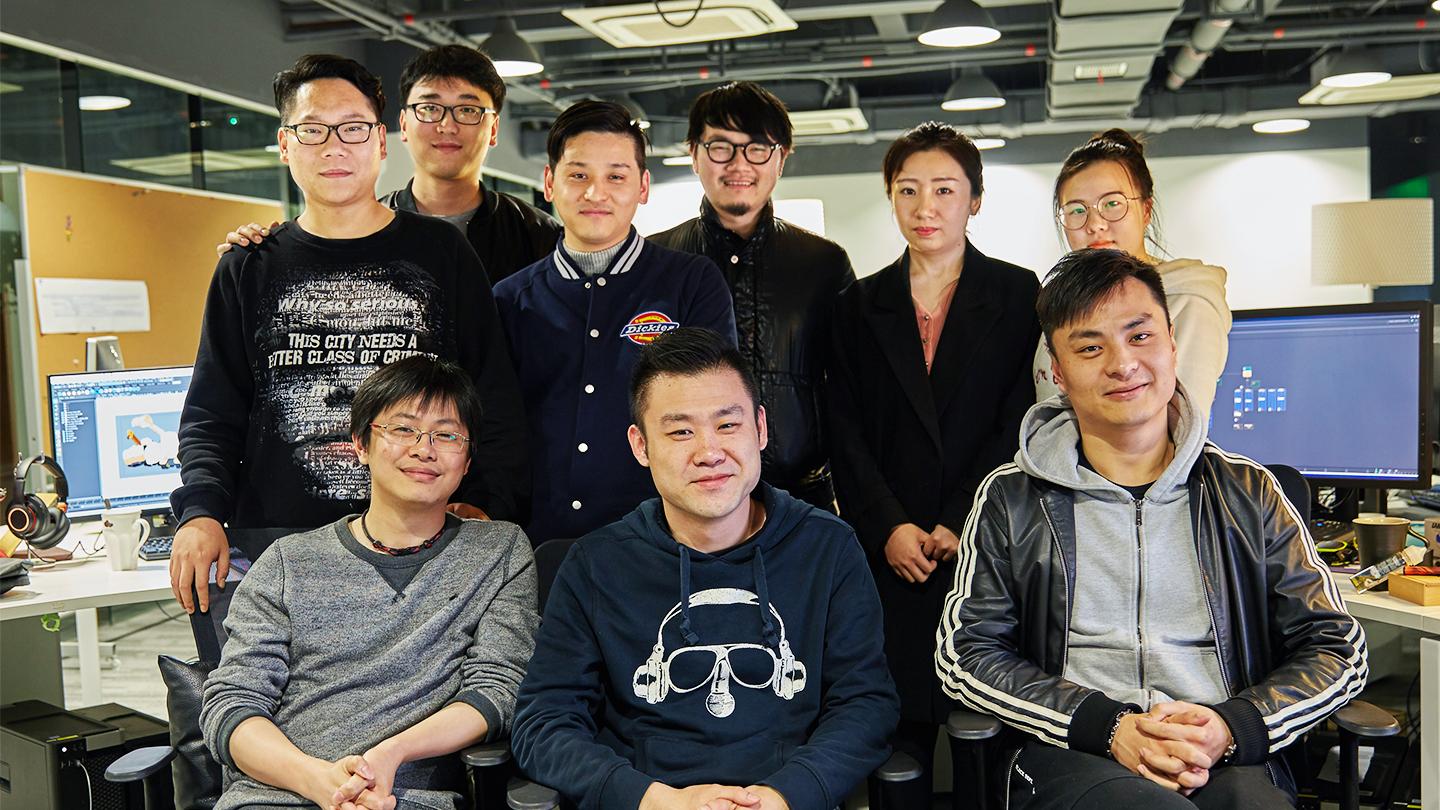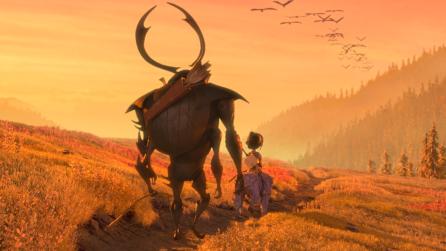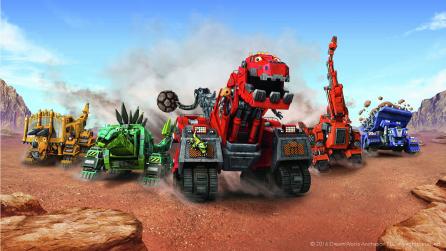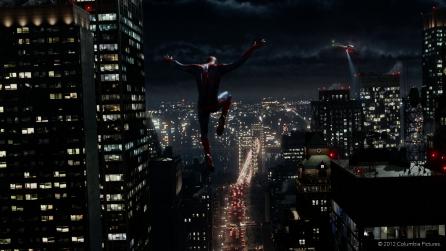Film and TV
Katana accelerates production for BenLai Pictures
Five lighting artists. Ten minutes of animation. Three months to do it.
The tagline for Super Builders, BenLai Pictures’ new educational animation for pre-schoolers, is “Working together, you can’t go wrong”. That’s a sentiment that Technical Director Jeremy Peng might equally attribute to his experience with adding Katana to his pipeline.
Jeremy describes his main job at the Shanghai-headquartered animation studio as removing technical headaches so that artists can feel free to focus on the creative side. With 12 years’ experience in the animation industry working with studios such as UBI, SEGA, Konami and Shanda Games, Jeremy is used to technical headaches. He joined BenLai when it was established two years ago with the aim of providing high-quality animated features and series for both Chinese and international audiences; it’s already won awards for the animated series Kung Fu Brothers.

BenLai’s pipeline consists of Autodesk Maya for modeling and animation, Quixel’s DDO for PBR texturing and Pixar’s RenderMan for rendering, with Tractor for render management, on Intel Xeon-based render nodes with NVIDIA GTX 1080 graphics cards, which they use for GPU denoising. Prior to Super Builders, Maya was also used for lighting and look development, but Jeremy wanted to simplify the production and avoid unnecessary repetitive work, as well as finding a way for Benlai to stand out from a quality standpoint in the highly competitive Chinese market. He started testing Katana before production began and was able to set up the pipeline in just three months, despite being the only technical director—disproving the myth that deploying Katana requires a team of programmers.
To produce the pilot episode of Super Builders, BenLai created a team of around 20 artists, of which five worked on look-dev and lighting. With Katana’s help, they were able to complete a 10-minute pilot episode in only three months, something Jeremy feels would have been impossible with the previous pipeline. He attributes the time savings to several of Katana’s features: first, the data structure allows the artist to make frequent iterations just by reloading the new Alembic data. “There’s no need to do anything else with the scene, which was unimaginable before. This saved a lot of time for very hurried lighting work,” Jeremy tells us.

Second, for an animated TV series, Jeremy feels that Katana’s node-based approach is particularly helpful, saving them from repeating work. “Senior lighting artists just need to create a keyshot, and the setting is very easy to share with the entire lighting team to complete the entire sequence of lighting work, without having to worry that large numbers of parameter settings are correct, and so on,” he explains. “These very complex and repetitive basic technical aspects of the problem have been replaced by the node tree interaction.”
Jeremy also feels that Katana allows them to maximize the use of existing hardware, saving not just time, but money. “Storage is very expensive considering the budget and team scale we set for pilot episode of Super Builders,” he says. “Katana allows us to submit scenes to the render farm without first generating RIB files, but still getting the rendering speed of native RIB. It's incredible!” he concludes.
There’s one further advantage to Katana that Jeremy describes: “Katana's asset management approach provides lighting artists with a very clean and sheer lighting environment. This forces them to ensure that the previous steps respect the rules, which for the Chinese team, I think is very beneficial!” he laughs. Despite this, the artists prefer the new workflow. That is a resounding endorsement of Katana considering the time pressures placed on artists in an episodic production environment.


